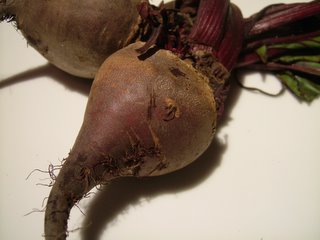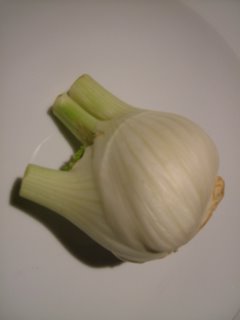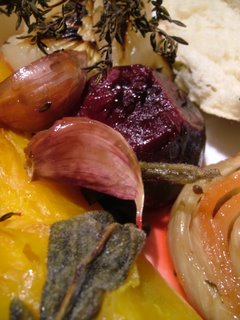This risotto is perfect for those days when you’re feeling in need of a bit of love and comfort. The sweetly caramelised squash works perfectly against rich, savoury sausagemeat, and aromatics like fennel, sage and lemon lift the whole affair.
Find the best sausages you can for this – preferably something with a garlicky bite. I’m currently having a love affair with Waitrose’s pork and fresh garlic sausages, but if you can find Italian sausages with fennel and garlic, they’ll be an authentic and tasty base for your risotto. As always, I’m going to stamp my foot and insist you use Carnaroli rice for your risotto – I talked about the difference between rices here a couple of months ago if you want to read some more about it.
To serve four, you’ll need:
320g Carnaroli rice
1 litre hot chicken stock (home-made if possible)
1 large glass white wine
500g good sausages
1 large onion
1 medium butternut squash
1 teaspoon fennel seeds
1 tablespoon finely chopped fresh sage, plus a few leaves to garnish
Zest of 1 lemon
Juice of ½ lemon
1 large handful grated parmesan
Olive oil
Salt and pepper
Slit the sausages and pop the meat out into a bowl, discarding the skins. Dice the onion finely, and peel the squash, cutting the golden flesh into 1-2 cm cubes.
Heat a couple of tablespoons of olive oil in a large, heavy-bottomed pan over a medium flame. Saute the sausage meat with the onion and the fennel seeds, crushed in a pestle and mortar, until the meat is crumbly and starting to brown. Remove the sausagemeat and onion to a plate, and in the same pan, saute the squash in some more olive oil until it is soft, the edges starting to caramelise and turn brown. Fish out a few cubes of squash and reserve them to use as a garnish. Return the sausage and onion to the pan with the squash, and tip the rice in. Stir well to make sure that the rice is coated with any oil in the mixture.
Pour the glass of wine into the pan and stir until it is all absorbed into the rice. Add a ladleful of the hot stock to the rice and bring, stirring, to a gentle simmer. As the stock is absorbed, add another ladleful while you stir. Continue like this for about 18 minutes, stirring and adding gradually to the liquid in the pan, until the rice is soft, tender to the bite and velvety.
Stir the lemon zest, the chopped sage, the parmesan cheese and the lemon juice through the risotto. Garnish with the reserved squash and some whole sage leaves to finish.




